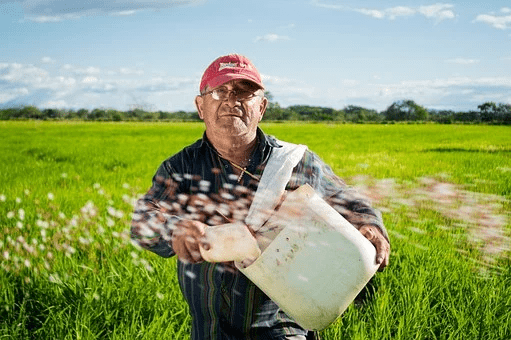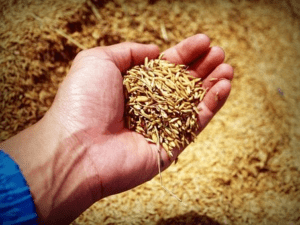
Rice is a staple food in many parts of the world, and for a good reason – it’s delicious and nutritious. However, rice production is not without its challenges. Rice farmers must contend with pests, diseases, and unpredictable weather conditions. Fortunately, there are several things that farmers can do to minimize the risks and maximize their chances of success. Here are some tips on how to properly maintain your rice fields and make them profitable:
Keep Away Birds From Your Rice Field
One of the most common pests that rice farmers have to deal with are birds. Birds can wreak havoc on a rice crop, eating the grain and causing significant damage. You can stop bird damage to rice using AV-1011 rice seed treatment. This product will keep birds away from your field without harming them. There are also several ways to keep birds away from your rice field, including:
- Hanging scarecrows or other objects that move in the wind
- Playing recordings of bird distress calls
- Using nets or cages to physically exclude birds
Use Quality Seeds
Another important factor in successfully growing rice is using quality seeds. Old seeds or of poor quality are more likely to produce weak and less productive plants. Quality seeds are the foundation of a successful rice crop. When choosing seeds, make sure to select those that are disease-resistant and adapted to your local conditions. You can also talk to other farmers in your area to see what varieties they recommend. In addition, it’s essential to store your seeds properly. Seeds should be kept in a cool, dry place until you’re ready to plant them. Store them in an airtight container to keep out moisture and pests.
Apply Fertilizer And Water Regularly
Another critical aspect of rice production is applying fertilizer and water regularly. This will ensure that your plants have the nutrients to grow strong and healthy. It’s essential to use the right amount of fertilizer, as too much can harm your plants. The same goes for water – too much or too little can have adverse effects. In addition to applying fertilizer and water, you also need to weed your rice field regularly. Weeds compete with rice plants for resources, so removing them is essential. You can do this by hand or with a mechanical weeder.
Control Weeds
Weeds are a common problem in rice fields. They compete with rice plants for resources, so removing them is crucial. You can do this by hand or with a mechanical weeder. Mechanical weeders are more effective than manual labor, but they can be expensive. If you’re on a budget, you can try using an organic herbicide like vinegar or saltwater. These will kill weeds without harming your rice plants.
Monitor Your Crop For Pests And Diseases
Pests and diseases are other significant challenges that rice farmers face. Several pests attack rice crops, including mites, aphids, rice blasts, and beetles. Diseases can also be a problem, with bacterial leaf blight being one of the most common. Fortunately, there are ways to control these pests and diseases. Weevil infestations can be controlled with pesticides, while mite infestations can be controlled with the use of predators or insecticides. Rice blast can be controlled by using fungicides, while bacterial leaf blight can be controlled with the help of resistant varieties or by applying copper-containing fungicides.
Harvest When The Time Is Right

The final step in the rice production process is harvesting your crop. This is arguably the most critical step, as it determines how much rice you will ultimately produce. Timing is everything when it comes to harvesting – if you harvest too early, your crop will be small and of poor quality. If you harvest too late, your yield will be significant but may not have the same nutritional value. The best time to harvest rice depends on the rice you are growing. For example, indica varieties should be harvested when the grains are plump and full, while japonica varieties should be harvested when the plants are starting to turn yellow.
You can adequately maintain your rice fields and make them profitable by following these tips. Rice production is not without its challenges, but if you take the necessary steps to control pests, diseases, and the timing of your harvest, you can be successful.


































